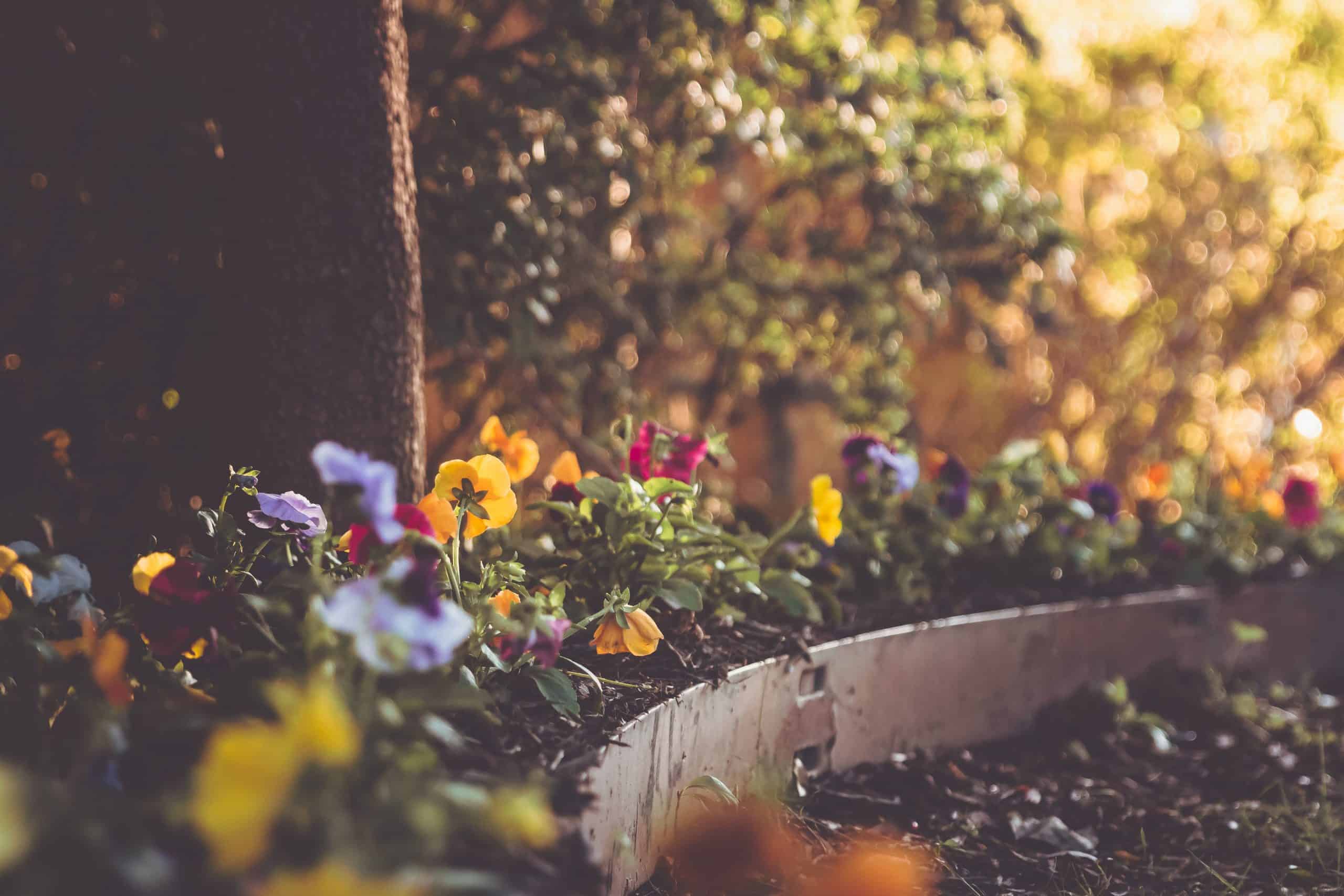Summer is here and for many households in Scotland the garden is once again taking centre stage, playing many different roles. From sunbathing oasis to water fight battleground, from somewhere to consume beers and barbeques to the place for cultivating plants and herbs, and of course the location for getting out a good washing – the garden is the place to be for those fortunate enough to have one.
A recent article from respected and long-running publication, suggests even more creative ideas, such as turning the garden into a cinema and adding a moveable pizza oven.
Apply the same approach to the outside as the inside
Whilst painting fences and hanging hammocks from trees sound like nice ideas, it is vital to check the details of a lease and seek permission for any changes from the landlord.
These are key points which also apply to the indoors. Ultimately landlords and tenants alike should approach a garden in the same way that they do every other part of the property. For the landlord’s part, they should clearly record the condition of the garden at the start of the tenancy in a check-in report, and set out their expectations for the maintenance of the garden in the tenancy agreement. Is a professional gardener employed? Is the tenant expected to tend to part of the garden and if so, are the tools available for them to do so? (landlords should remember to provide instruction manuals where necessary). These are among the details that need to be made clear.

Tenants should ensure they fulfil their garden obligations as outlined in the tenancy agreement, and report to the landlord any unforeseen issues that arise – for example, a tree coming down in a storm. A garden is perhaps easier to forget about than rooms that are used every single day, but also something where things can quite literally grow out of control, therefore, it is important that tenants are mindful of their obligations, even if they don’t use the garden frequently.
Where gardens differ from the rest of the property
Although a landlord should reasonably expect the garden to be in the same condition at the end of the tenancy as it was at the start, the garden is subject to external factors that the interior is not and often these are beyond the control of the tenant.
Seasons are the most significant variable. If the tenant enters the property in July and moves out in January, one can’t expect to find at check out the fully bloomed flowers that were there in the summer. Sometimes it doesn’t even take a change in seasons – extremes of weather can take place within a week, for example a lawn saturated with prolonged rainfall.
If the tenant has breached their obligations in the tenancy agreement, then there certainly can be grounds for a claim against the tenancy deposit, however, what they have had and have not had control over must be taken into account.
Gardening disputes
In terms of disputes surrounding the repayment of tenancy deposits, gardening is one of the less common causes for claims against the deposit, although this is likely due to the simple fact that not every home has a garden. For those involved, gardening disputes are no less serious than any other type of claim and between July 2022 and March 2023 tenancy deposit protection scheme SafeDeposits Scotland recorded an average gardening claim of £192.
Should you find yourself involved in a deposit dispute over gardening at the end of a tenancy, if this proceeds to formal adjudication, the adjudicator will expect to see the aforementioned tenancy agreement and check-in report, as well as an equally detailed check-out report and copies of any other pertinent evidence, such as correspondence with tenants and quotes or receipts from gardeners.


